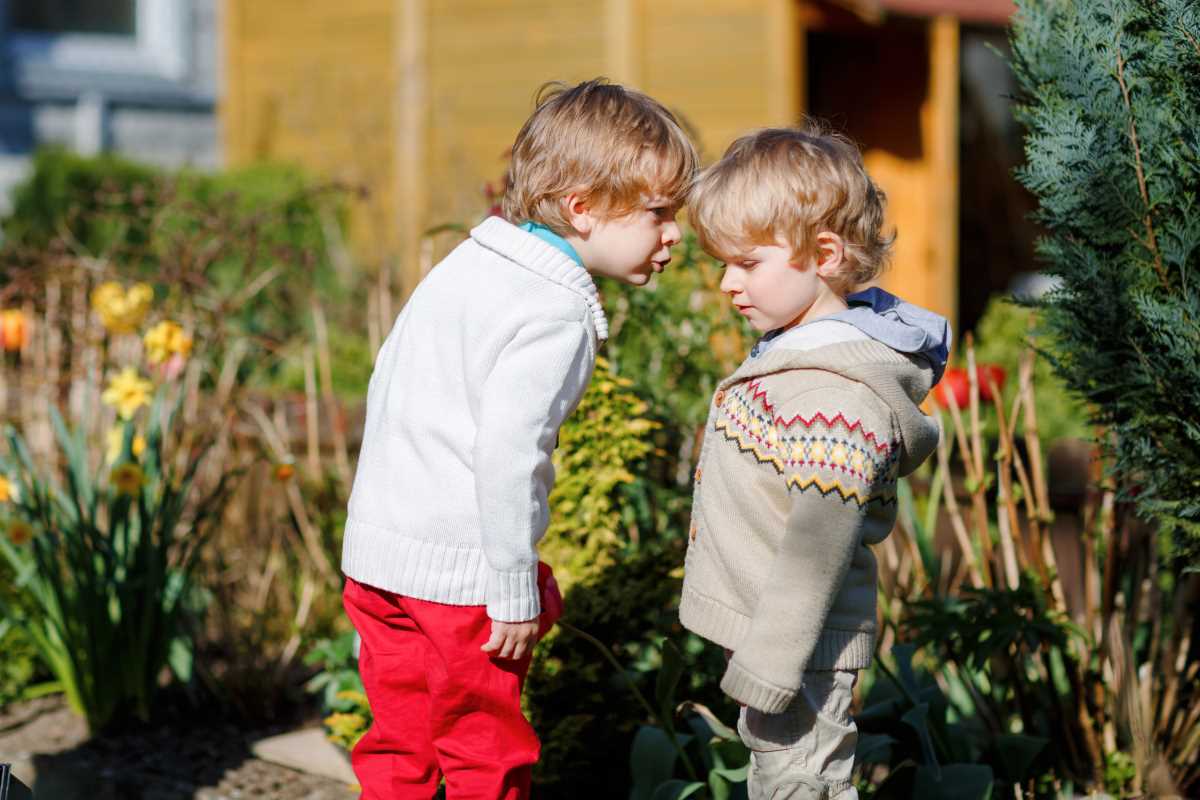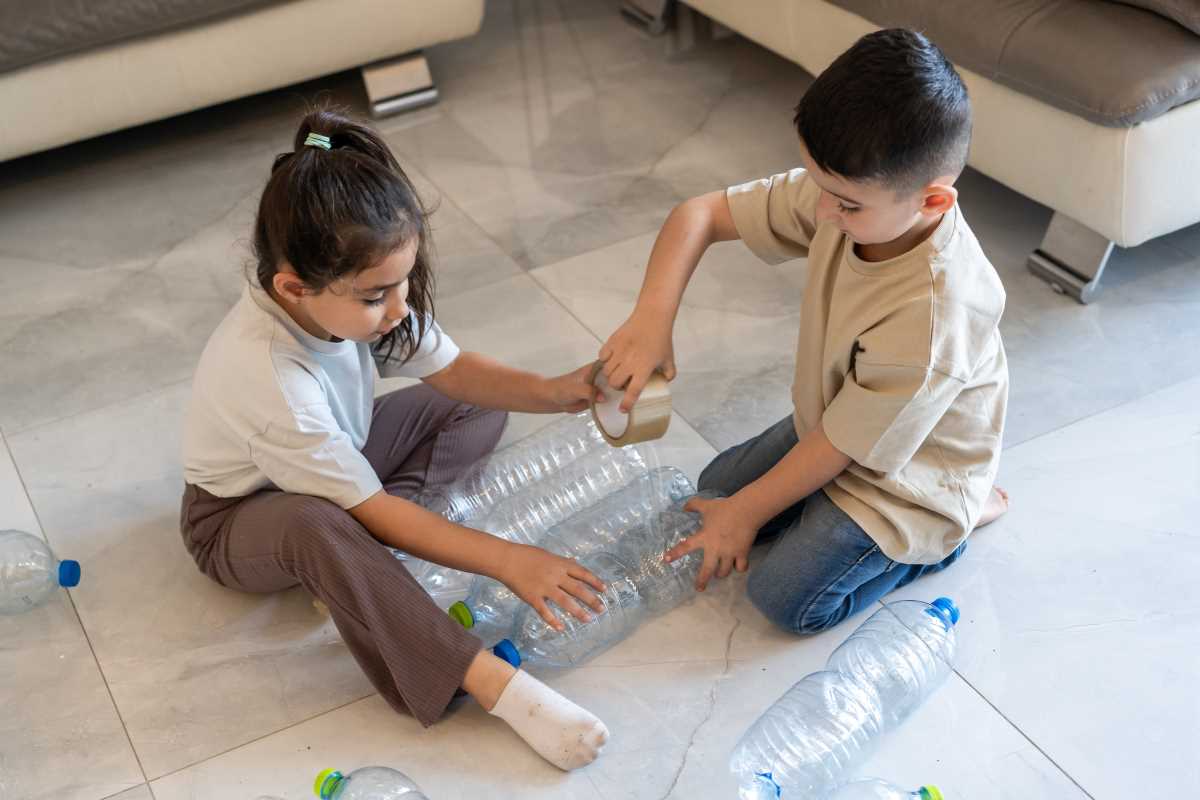Siblings often share laughter while playfully exchanging words in two languages, making learning feel enjoyable and effortless. Parents support this by inviting their children to use both languages during daily conversations, which helps build curiosity and gradually strengthens bilingual skills. Families introduce language in simple ways, such as chatting over breakfast, sharing stories before bed, or singing together, allowing children to absorb new words and sounds as part of their normal routine. When everyone joins in with excitement, every shared experience becomes a chance to discover different sounds, expand vocabulary, and invent stories that enrich language development over time.
Instead of imposing formal drills, parents can incorporate playful language practices into routines that already fit into daily rhythms. Lighthearted challenges, role-play scenarios, and simple code-switching games turn routines into adventures. When laughter accompanies learning, motivation soars, and children absorb new words like spirited explorers mapping uncharted territory. This approach celebrates discovery and builds confidence in young speakers.
Creating Moments That Spark Curiosity
Invite children to ask questions about unfamiliar words in a recipe, a comic strip, or a song lyric. These questions turn mundane chores into mini research quests. These curiosity-driven explorations cultivate an inquisitive mindset and reinforce vocabulary retention. Encourage a “word of the day” from each language during breakfast to set a friendly challenge that motivates kids to notice linguistic patterns in their surroundings.
Fill lunchtime with sensory prompts—like describing textures, flavors, and colors in both tongues—that deepen comprehension and foster a natural habit of comparing expressions. This subtle bilingual immersion relies on playful inquiry rather than rigid memorization, so children stay engaged. Over time, these casual investigations build vocabulary while celebrating the thrill of discovery.
Immersive Play and Creative Projects
Design themed scavenger hunts in the backyard or around the living room to get young learners moving and using two languages to decode clues. Hide illustrated flashcards in fun spots and ask teams to match words across languages to help children exercise critical thinking. Each clue reveals a piece of culture—songs, rhymes, or riddles—that bridge meaning and context.
Collaborative storyboarding invites everyone to sketch scenes and narrate them using alternating languages. When children illustrate a character’s journey, they must articulate actions, emotions, and settings in both tongues. This creative partnership cultivates storytelling instincts and linguistic agility, weaving artistic expression tightly with bilingual exploration.
Connecting Culture and Conversation
Rotate themed dinner nights—such as “market day” or “celebration of favorites”—to encourage each family member to present a dish or item while describing its origin and ingredients in alternating languages. This lively meal format triggers rich discussions and natural code-switching. When family members ask questions like “How do we say harvest in the other language?” everyone stays curious and involved.
By blending recipes, anecdotes, and cultural tidbits, families turn the dinner table into a lively classroom.
Tools and Resources for Home Practice
1. Label Cards
Purpose: Introduce and reinforce vocabulary through visual repetition.
- Steps:
- Create laminated cards with common household items labeled in both languages.
- Place cards near high-traffic zones for visibility.
- Update weekly to keep vocabulary fresh.
- Materials/Cost: Under $20 for cards, laminator sheets, and binder rings.
- Insider Tip: Hide a “mystery card” daily for kids to find and define—adds a playful challenge.
2. Story Cubes
Purpose: Spark creative storytelling while practicing bilingual sentence structure.
- Steps:
- Roll image-based dice.
- Describe the picture in Language A.
- Translate or adapt the sentence in Language B.
- Materials/Cost: Around $15 for story cubes.
- Insider Tip: Use a phone to record stories and play them back later for review or laughs.
3. Phonics Flipbook
Purpose: Build sound awareness across languages.
- Steps:
- Flip through syllable cards like “ma,” “pa,” “shi.”
- Pronounce the syllable in Language A.
- Repeat in Language B.
- Materials/Cost: Print on cardstock and bind with rings—under $10.
- Insider Tip: Add small drawings or let kids doodle on pages to deepen engagement and memory.
4. Interactive Map
Purpose: Connect geography to language learning.
- Steps:
- Print a blank world map and place small flags where each language is spoken.
- Write a fun fact in Language A.
- Translate it into Language B.
- Materials/Cost: Under $5 using printable maps, markers, and stickers.
- Insider Tip: Hang the map at eye level to encourage frequent viewing and spontaneous conversations.
5. Audio Treasure Hunt
Purpose: Practice listening comprehension in a fun, active format.
- Steps:
- Record audio clues alternating between Language A and Language B.
- Hide them on a shared device (e.g., tablet or smartphone).
- Place a surprise at the final location.
- Materials/Cost: Free, using any recording device.
- Insider Tip: Add playful background music to increase immersion and energy.
Tips for Busy Families
1. Morning Phrase Rotation
Purpose: Reinforce daily greetings and build confidence.
- Steps:
- Pick a greeting in Language A (e.g., “Good morning!”).
- Repeat the greeting in Language B.
- Encourage each family member to add a short comment.
- Cost: $0 – only effort required.
- Insider Tip: Record quick voice memos so children can hear native accents before speaking.
2. Snack-Time Commentary
Purpose: Combine vocabulary learning with healthy habits.
- Steps:
- Describe ingredients in Language A while preparing snacks.
- Switch to Language B to talk about textures or flavors.
- Invite kids to guess the next snack items in both languages.
- Cost: No extra cost—part of regular grocery budget.
- Insider Tip: Let kids choose one fruit or vegetable word to focus on each day.
3. Evening Wind-Down Story Exchange
Purpose: Enhance comprehension and storytelling skills.
- Steps:
- Parent reads a page in Language A.
- Child paraphrases that page in Language B.
- Discuss favorite story moments afterward.
- Cost: Free with library cards or modest book purchases.
- Insider Tip: Swap reader roles weekly to boost leadership and confidence.
4. Weekend Photo Captions
Purpose: Connect vocabulary to personal memories.
- Steps:
- Display a photo (printed or digital).
- Write or say a one-sentence caption in Language A.
- Translate it into Language B and post it on a memory board.
- Cost: Minimal – mostly printing or digital storage.
- Insider Tip: Let kids decorate or illustrate captions for extra engagement.
5. Chore Charades
Purpose: Develop kinesthetic memory while practicing vocabulary.
- Steps:
- Draw chore prompts from a jar.
- Act out the task silently.
- Family members guess the action in both Language A and Language B.
- Cost: Free and physically energizing.
- Insider Tip: Offer stickers or small rewards for correct guesses to boost motivation.
These targeted activities introduce language practice naturally into everyday routines, making bilingual growth feel accessible and fun.
Families build lasting bilingual confidence through playful activities, creative routines, and simple tools. Every moment becomes a chance to laugh and connect across cultures.
 (Image via
(Image via





